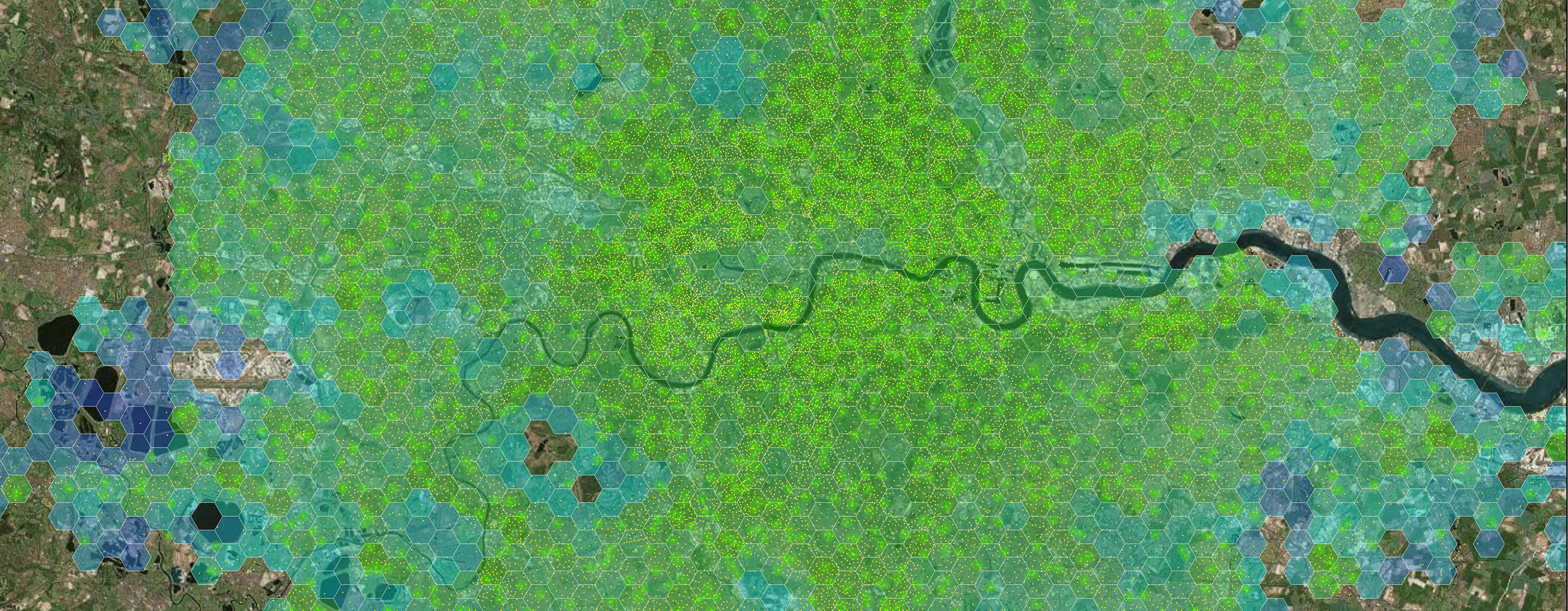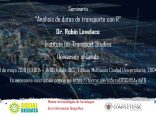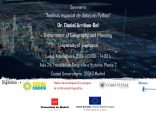April 20 2017, 18.00h . Facultad de Informática, Universidad Complutense de Madrid
Abstract
From last four decades of research it is well-established that all electrophysiological signals are nonlinear, irregular and aperiodic (far from equilibrium state). Since those signals are used in everyday clinical practice as diagnostic tools (electromyograms EMG, electrocardiograms ECG, electroencephalograms EEG), a huge progress in using it in making diagnostic more precise and even personally oriented medicine, could be made.
One of the obstacles in doing this is deeply rooted application of linear or classical methods of analysis which are present even in all the machine software for recording of mentioned signals, namely Fourier’s analysis. Health practitioners are used to it. But they are not used to nonlinear methods of analysis of electrophysiological data, although it is proved many times that in comparison to widely accepted FFT, other methods stemming from Fractal analysis and Chaos theory are much more efficient in detecting subtle changes in above mentioned signals.
Many researchers used nonlinear measures and methods to describe and quantify the changes in a living system in different fields of neuroscience and biomedical applications. And with success. When one combine the power of nonlinear measures for analysis of electrophysiological data with Machine learning methods many important applications in clinical practice can be yielded.
One of examples (a research by M. Čukić et al, submitted to publication) is very highly accurate method for classification of recurrent depressive disorder by employing nonlinear characterization of EEG and several machine learning methods in order to detect not only patients from controls but also differences between those who suffer from depressive disorders. Clinicians are aware of close to impossible task for present diagnostic tools to make distinction between exacerbation and remission, which is very dangerous deficiency.
Another successful example is early detection of Parkinson’s disease (PD) based on EMG or EEG, employing nonlinear measures of analysis of data combined with Machine learning (ML). Since this is another study in a process of a publication it is not possible at the moment to describe a Method in detail, but high accuracy combined with very promising goal of early detection could be of potential commercial benefit. In both cases described, at the first place is important increase of a life quality of those who suffer from those debilitating disorders. It is possible, based on this approach to detect early onset of a disease, to undertake early steps in available methods of slowing down the pace of a disease and help victims to gain many years of heathier life than without using this approach.
In addition to this detection approach and powerful classification, a combination with Big Data also is possible. Many additionally helpful procedures are possible to implement.
By connecting with clinical medicine specialists further study of possible applications could yield many benefits.
Short Bio
Milena Čukić is originally Electroingeneer of biomedical electronics and measurements, but she got her Magisterium and later a PhD from the field of Biophysics and Neuroscience on University of Belgrade, Serbia.
She is Post-Doctoral Fellow on University of Belgrade, and her main interest is the application ofo knowledge from biomedical engineering and nonlinear analysis of electrophysiological data in clinical settings. In her entire education and research several different fields’ interests merged into original ideas of application of knowledge from physics, electrodynamics and theory of complex systems in medical practice. Additionally methods taken from machine learning could be applied with very high accuracy on solving several different medical problems, like depressive disorders detection and classification and movement disorders early prediction and detection. Those methods are not only cost-effective but also computationally fast and easy to implement. Currently she is working on several different project with colleagues form Italy, Serbia, UK, Netherlands and Spain in order to outline a multidisciplinary setting for implementing present knowledge in much more effective clinical diagnostics in psychiatry and neurology.








